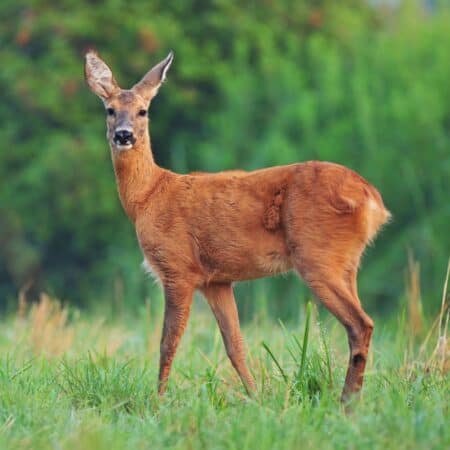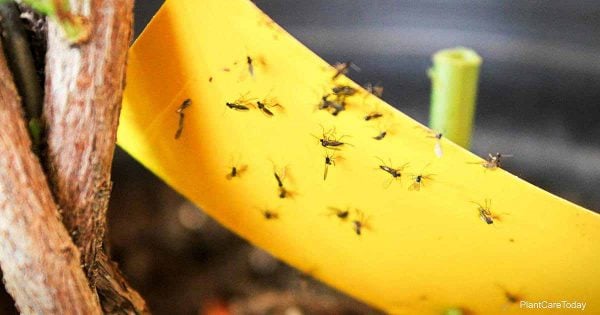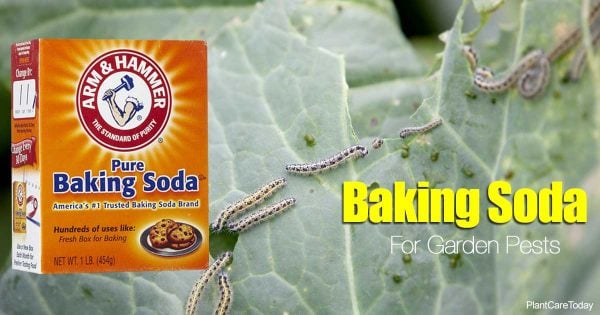The $5 DIY Deer Repellent That Saved My Garden (And My Sanity)
Ever walked outside to find your precious garden demolished overnight? Those beautiful hostas reduced to stubby stems? Your tomato plants stripped bare? I’ve been there. But forget dropping $30 on







































